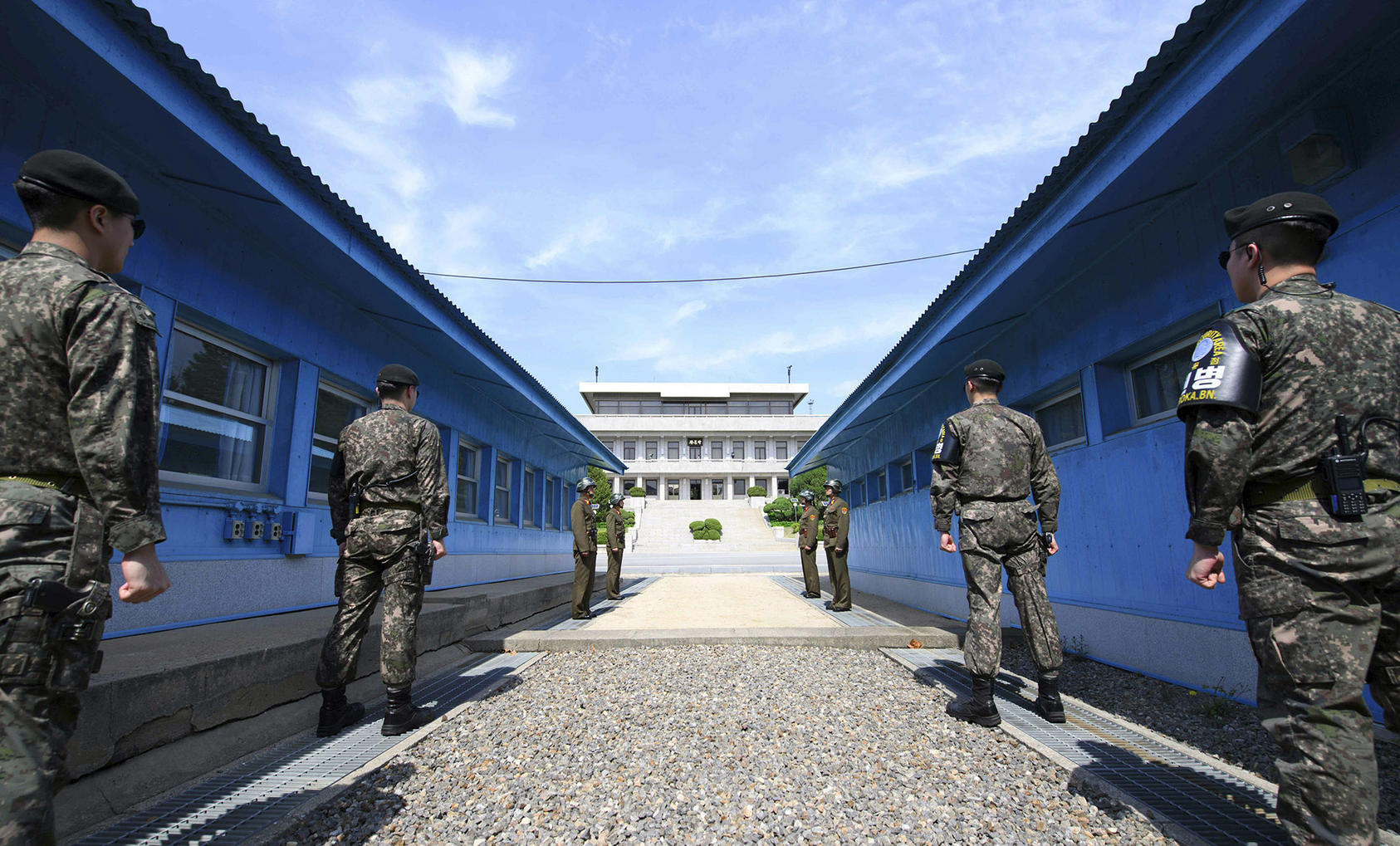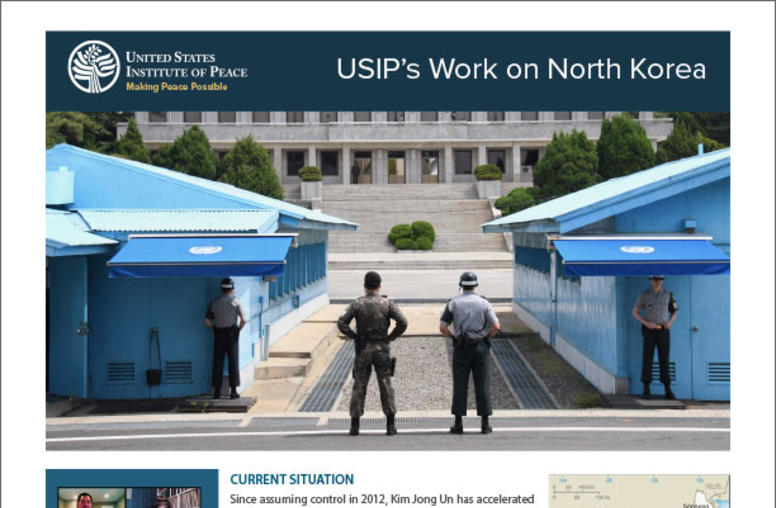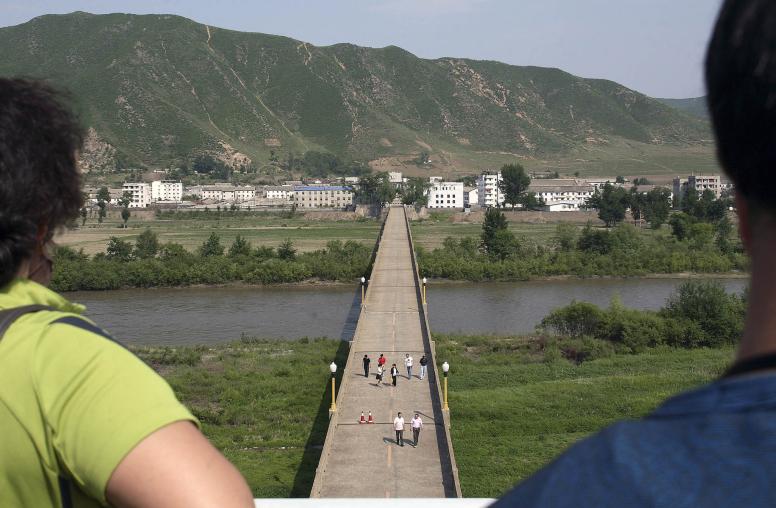A Peace Regime for the Korean Peninsula
A joint statement by the United States and North Korea in June 2018 declared that the two countries were committed to building “a lasting and stable peace regime on the Korean Peninsula.” Such a peace regime will ultimately require the engagement and cooperation of not just North Korea and the United States, but also South Korea, China, Russia, and Japan. This report outlines the perspectives and interests of each of these countries as well as the diplomatic, security, and economic components necessary for a comprehensive peace.

Summary
Since the end of the Korean War in 1953, few serious efforts have been made to achieve a comprehensive peace on the Korean Peninsula. The unique aspects of the diplomatic engagement between Washington and Pyongyang in 2018 and 2019, however, presented a situation that warranted both greater preparation for a potential peace process and greater vigilance about the potential obstacles and risks. Today, with the collapse of negotiations threatening to further strain US-North Korea relations and increase tensions on the Korean Peninsula, a more earnest and sober discussion about how to build mutual confidence, enhance stability, and strengthen peace is all the more important.
Peace is a process, not an event. A peace regime thus represents a comprehensive framework of declarations, agreements, norms, rules, processes, and institutions aimed at building and sustaining peace.
Six countries—North Korea, South Korea, the United States, China, Japan, and Russia—have substantial interests in a peace regime for the Korean Peninsula. Some of these interests are arguably compatible, including the desire for a stable and nuclear-free Peninsula. Others, such as North Korean human rights and the status of U.S. forces, seem intractable but may present potential for progress. Understanding these interests can shed light on how to approach areas of consensus and divergence during the peacebuilding process.
Certain diplomatic, security, and economic components are necessary for a comprehensive peace on the Korean Peninsula. Denuclearization, sanctions relief, and the U.S. military presence have drawn the most attention, but a peace regime would also need to address other matters—from procedural aspects such as which countries participate and whether a treaty or an executive agreement should be used, to sensitive topics such as human rights, economic assistance, and humanitarian aid, to far-reaching considerations such as the Northern Limit Line, conventional force reductions, and the future of the United Nations Command. This report addresses how U.S. administrations can strategically and realistically approach the challenges and opportunities these issues present, and then offers general principles for incorporating them into a peacebuilding process.
About the Report
This report examines the issues and challenges related to establishing a peace regime—a framework of declarations, agreements, norms, rules, processes, and institutions aimed at building and sustaining peace—on the Korean Peninsula. Supported by the Asia Center at the United States Institute of Peace, the report also addresses how U.S. administrations can strategically and realistically approach these issues.
About the Authors
Frank Aum is senior expert on North Korea in the Asia Center at the U.S. Institute of Peace. Jacob Stokes, Patricia M. Kim, Rachel Vandenbrink, and Jennifer Staats are members of its East and Southeast Asia program teams. Ambassador Joseph Y. Yun is a senior adviser to the Asia Center. Atman M. Trivedi is a managing director at Hills & Company.



